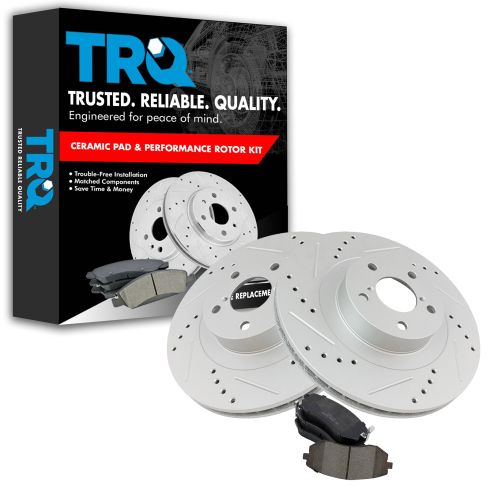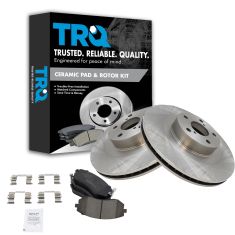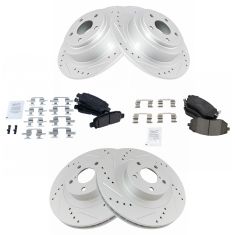1APBS00158-Subaru Saab Front Ceramic Performance Brake Pad & Rotor Kit TRQ Performance BKA12169

Replaces
2004 Subaru Outback Front Ceramic Performance Brake Pad & Rotor Kit TRQ Performance BKA12169

Product Reviews
Loading reviews
5.00/ 5.0
7
7 reviews
Great Product!
May 7, 2020
This is a great product at a great price. Order was shipped quickly and received frequent updates about shipping. Definitely will order from 1A again. A++
Good product
May 16, 2021
Fit well. no issues installing and really grab hard! A much needed upgrade.
October 9, 2021
They work great and at a great price
October 18, 2021
They work great
Great business
November 8, 2021
Brakes work and delivered in the best time frame available.
January 3, 2023
Great product at a great price.
[{"url": "https://wac.edgecastcdn.net/001A39/prod/media/pNISJll75W64CYGsite/f5d9f2b68630639c474b03b565c4a7da_1688476931886_0.jpeg", "caption": "Very good"}, {"url": "https://wac.edgecastcdn.net/001A39/prod/media/pNISJll75W64CYGsite/2a6148645a50d5e6ec16dd8678b2f1e5_1688476931886_1.jpeg", "caption": ""}, {"url": "https://wac.edgecastcdn.net/001A39/prod/media/pNISJll75W64CYGsite/2d63333789218bb63ea4617a5b4642a3_1688476931886_2.jpeg", "caption": ""}]
July 4, 2023
Very good
Customer Q&A
No questions have been asked about this item.
Subaru is a registered trademark of Fuji Heavy Industries Co., Ltd. 1A Auto is not affiliated with or sponsored by Subaru or Fuji Heavy Industries Co., Ltd.
See all trademarks.














